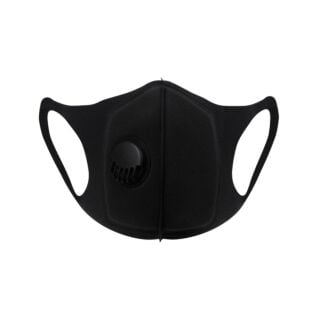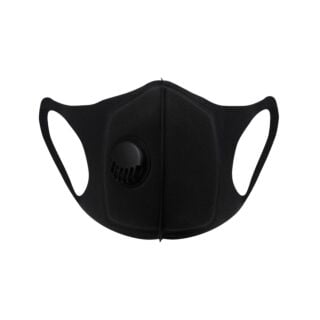Reusable Face Masks
When infection rates are high, it’s recommended that you should wear a face-covering when out in public to help protect you and those around you from the coronavirus. … Read More See less
But if you’re tired of repeatedly buying packs of disposable masks, investing in a reusable mask is a great idea. Not only are reusable face masks better for the environment, but they can be a more cost-effective option, too - once worn, you simply toss it in your washing machine and it’ll be ready to wear again.

Free delivery when you spend over £30

100% discreet delivery for every item ordered

Fully regulated UK pharmacy
Should I wear a face mask?
If you know you are going to be in an enclosed space, such as a shop or train, the government has advised that you wear a face mask.
This is because you will be in contact with people who are not in your household, in an environment where social distancing isn’t possible and face masks are useful to help prevent the spread of the virus from person to person.
Similarly, advice published by the World Health Organisation (WHO) states that anyone who is coughing or sneezing or looking after a person with COVID-19, should wear a face mask.
It is said that sharing is caring, but no one will thank you for sharing a potentially deadly disease.
Are reusable face coverings effective?
Washable or reusable face coverings are effective, with researchers reporting that they block between 62% and 87% of particles.
However, surgical masks are a better option if you’re looking for the ultimate protection, blocking a higher average of 78%.
Which face mask is best if you wear glasses?
It’s most likely not your mask that’s the problem, but the way you wear it.
Check that your mask is fitted tightly to your face and further up your nose - this will ensure that your breath isn’t escaping to fog up the lenses.
If it’s too loose, tighten the ear loops or try sticking some surgical tape on the bridge of your nose to secure the mask.
What is the difference between FFP2 and N95 face masks?
FFP2, N95, and KN95 face masks are all essentially the same, with each filtering out 95% of particles when you use them.
FFP2, N95, and KN95 are the codes used for manufacturing standards in different parts of the world, with FFP2 being used in the EU and UK, N95 being used in America, and KN95 being used in China.
These safety standards are the closest possible equivalents to each other when compared, so all of these masks essentially offer the same benefits.








